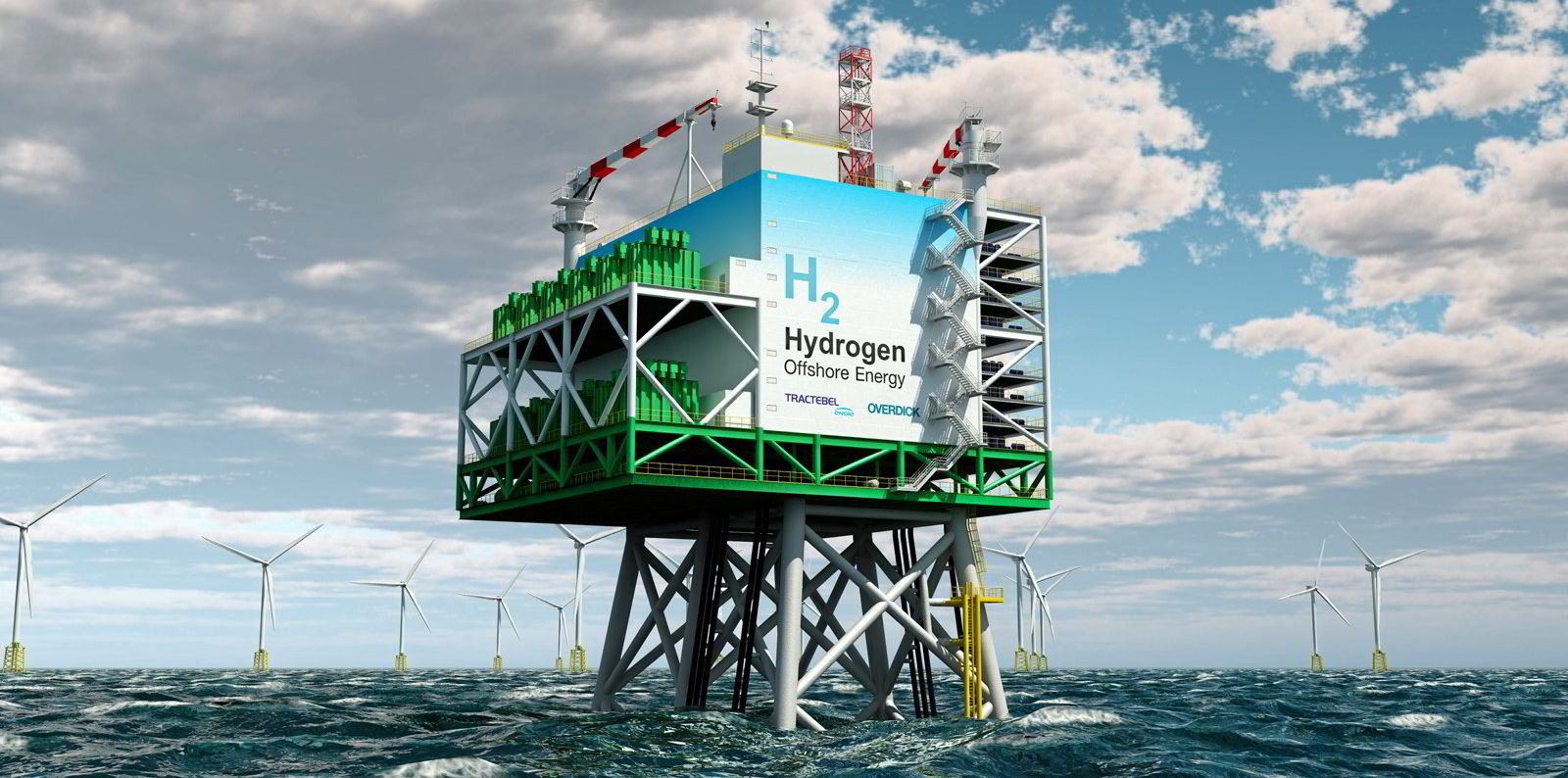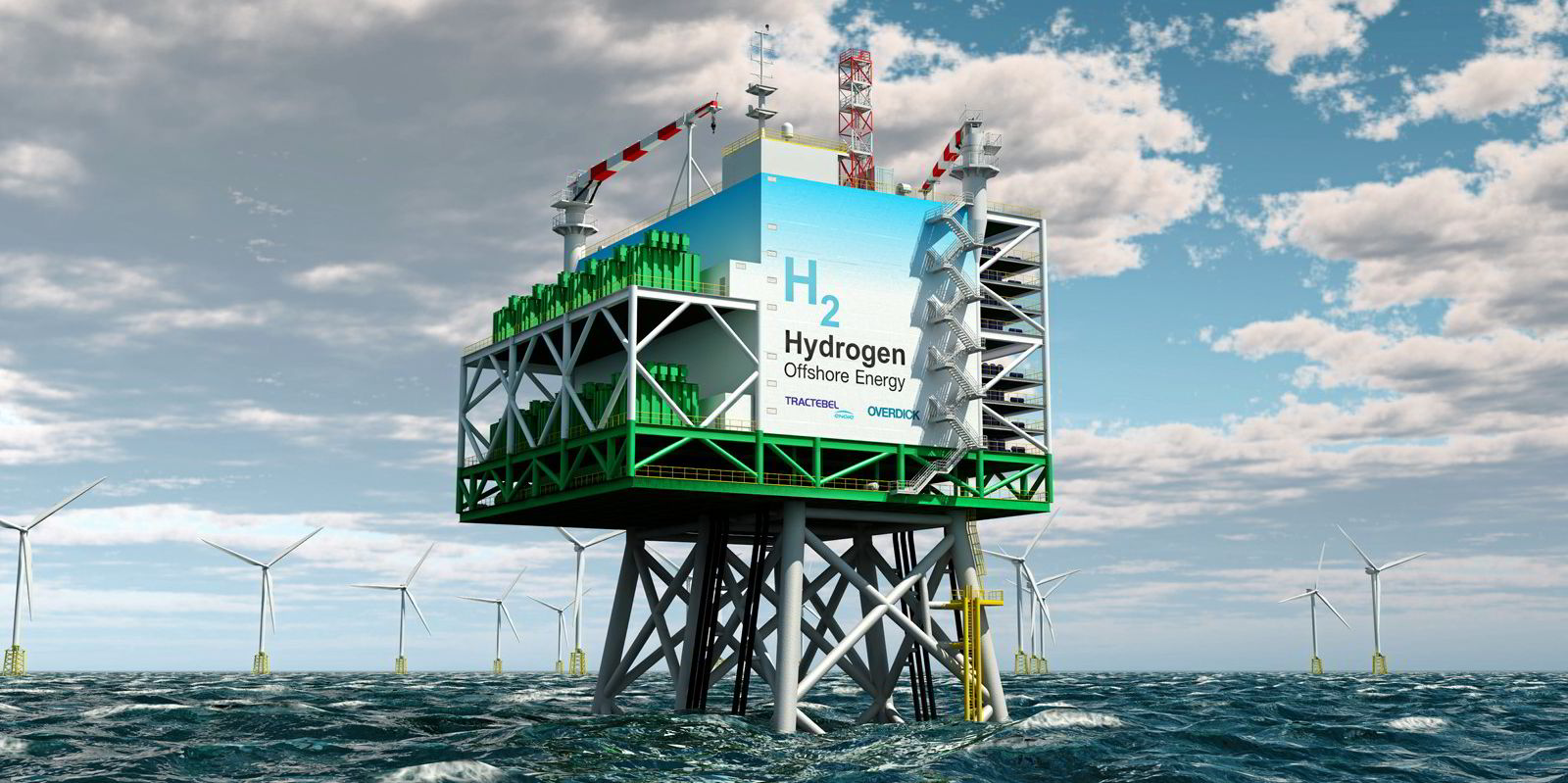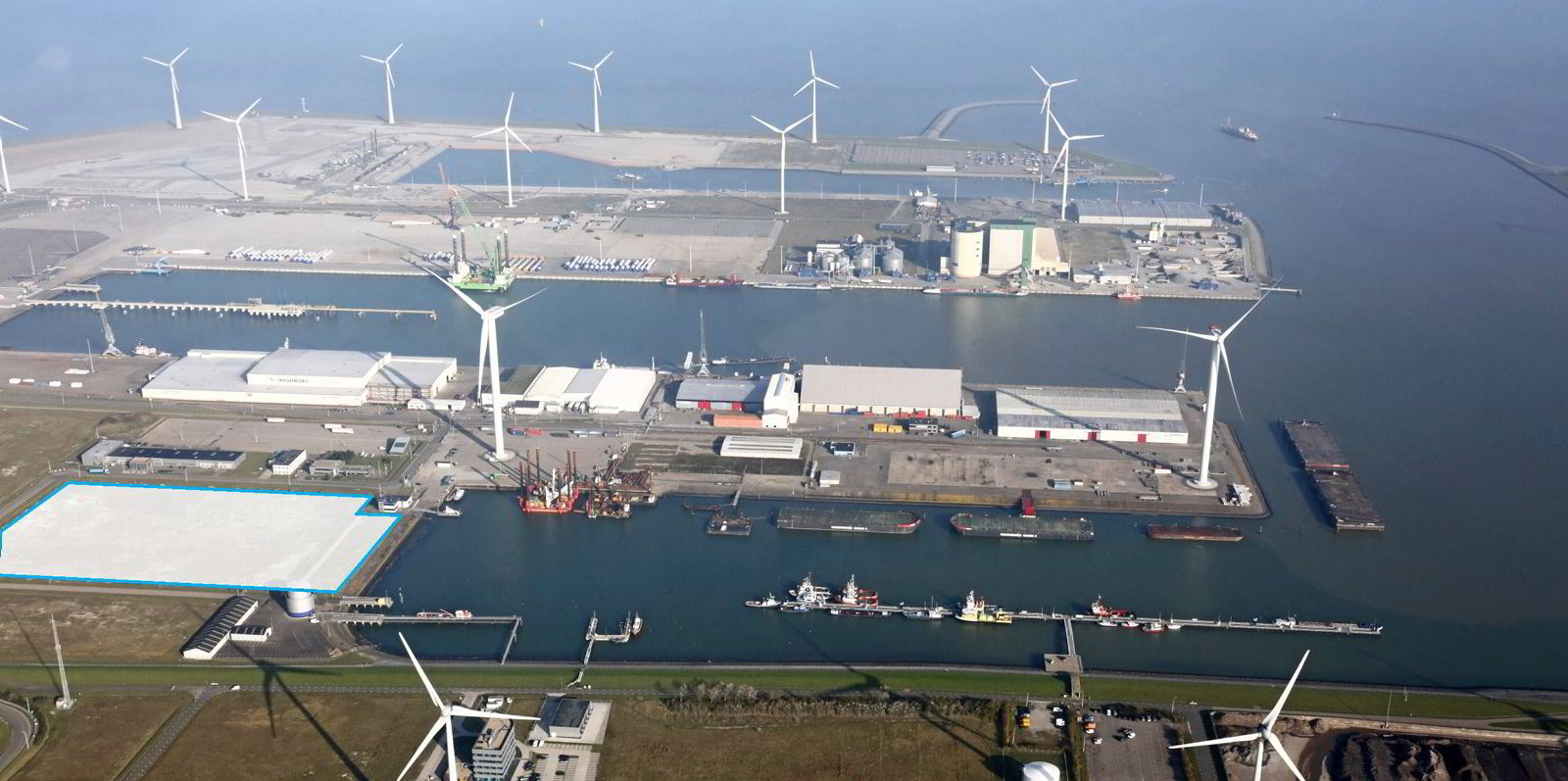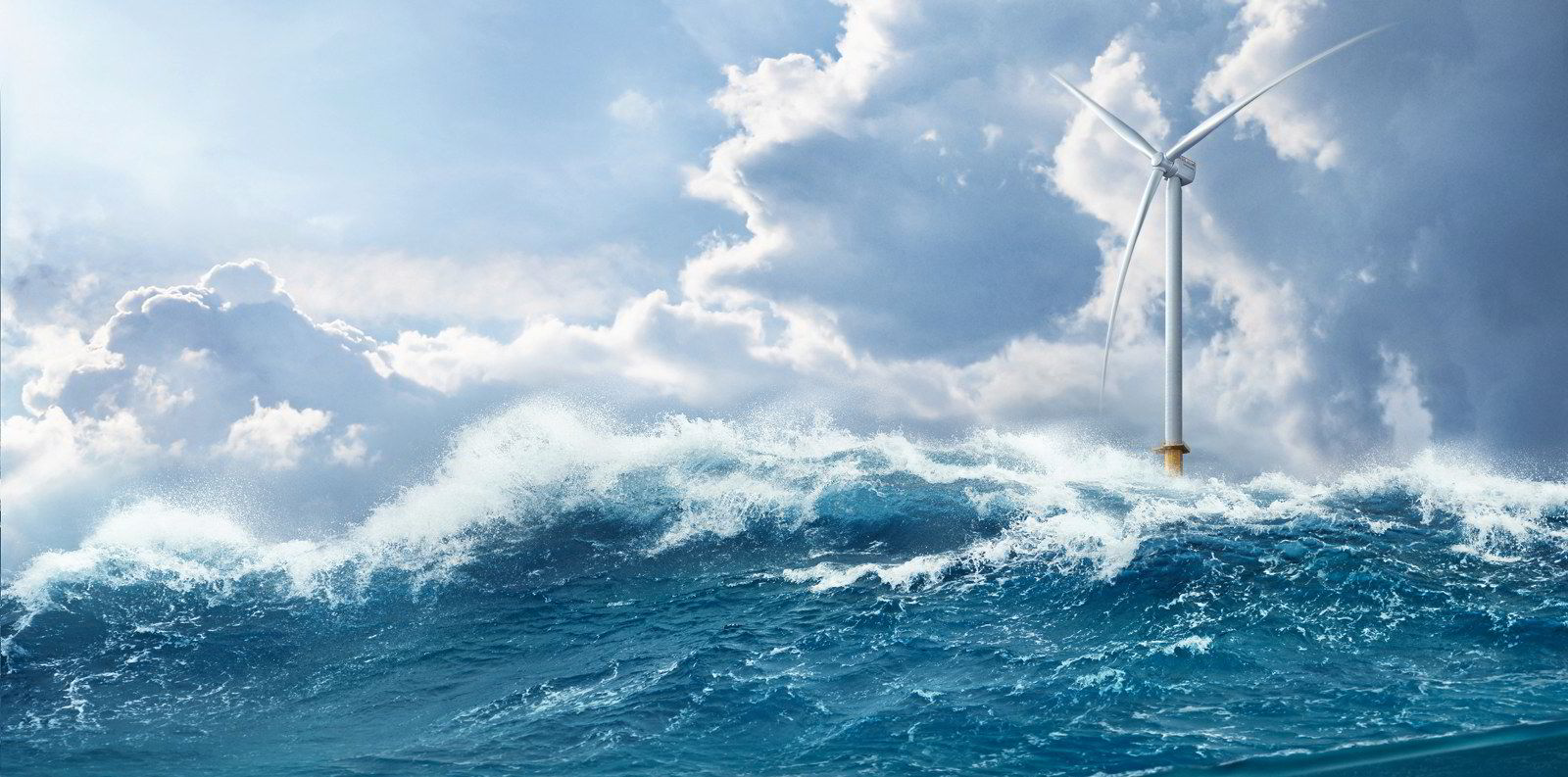Green hydrogen produced offshore, in which electrolysers are powered by offshore wind, would be about four times more expensive than grey hydrogen derived from fossil fuels and is therefore “not economically viable at the current cost scheme”, according to Rystad Energy.
The Norwegian analyst did point out, however, that falling costs of offshore wind and electrolysers would improve the economics of such projects.
“Offshore hydrogen production may become more interesting if a higher carbon tax is imposed on grey hydrogen production,” added Rystad energy research analyst, Petra Manuel.
“This would force existing hydrogen manufacturers to shift more of the production to ‘blue’ hydrogen (grey hydrogen coupled with carbon capture and storage), which in turn would make green hydrogen projects more cost-competitive.
Rystad calculated that green hydrogen from offshore wind would need to be sold at €5.10/kg, based on the following assumptions: a 1GW offshore wind farm that delivers half of its generated power for hydrogen production; a break-even power price of €85 ($103) per MWh; the use of proton exchange membrane (PEM) electrolysers; and hydrogen storage costs of €70/MWh in offshore salt caverns. According to Rystad, storing hydrogen in offshore salt caverns would be cheaper than storing the gas onshore.
And if the break-even power price fell to €61/MWh, a selling price of €3.70/kg would be required. Grey hydrogen produced from unabated natural gas or coal currently costs about €1-1.50/kg.
“The high costs [of offshore green hydrogen] — at least for now — remain a show-stopper,” said Rystad Energy.
Nevertheless, several high-profile companies have already begun exploring the potential of using offshore wind to produce green hydrogen, on the understanding that gigawatt-scale offshore wind farms will be able to provide the kind of economies of scale needed to reduce the cost of green hydrogen, and that it will be cheaper to transport the hydrogen via existing natural-gas pipelines than sending offshore wind energy to shore via cables for onshore H2 production.
Shell, Equinor and RWE are co-operating on a Dutch 10GW-plus offshore wind/green hydrogen project called NortH2; RWE and Shell are also working on the 10GW AquaVentus project in Germany, alongside Vattenfall, Siemens and Vestas; while a consortium including Spanish oil giant Repsol, Swedish utility Vattenfall and oil & gas services provider TechnipFMC recently signed off on an offshore wind/green hydrogen pilot project in Norway.
Orsted, Siemens Gamesa and ITM Power are also working together to develope a “fully marisinised” megawatt-scale offshore electrolyser for use at sea.




